Map of Nation Groups in Iran: Courtesy of BBC
“it is the merging of the demands for the rights of the Kurdish people and democracy and secularism that the clerical regime perceives as a threat to itself. And rightly so, it should be added, because democracy is antithetical to the existing theocracy in Tehran.”
Sharif Behruz
9 April 2010
Witnessing the recent anti-regime demonstrations following the so-called presidential election in Iran and also looking back at the last three decades of Islamic government in the country, one can trace three phases of resistance and repression since 1979.
In the first phase, which stretches from the 1980’s to the mid 1990’s, organized resistance to the Islamic regime was mainly conducted by the Kurdish movement in Iranian Kurdistan. In order to protect their liberty after the revolution of 1979, the Kurdish movement in Iranian Kurdistan had to wage an armed struggle that lasted more than a decade. For the Kurdish people of Iran and most notably their charismatic leader, Dr. A. R. Ghassemlou, armed struggle was also a means to gain clout vis-a-vis the Islamic regime and to pave the way for negotiations. Three events contributed to an end of this first phase. First, Dr. Ghassemlou was assassinated during negotiations with Tehran in Vienna on July 13, 1989. Second, his successor, Dr. Sadegh Sharafkandi, was also assassinated by the Islamic regime in Berlin on September 17, 1992. Third, the geopolitical consequences of the Gulf War in 1991 no longer made it possible to wage armed struggle against the theocracy in Iran.
The second phase of resistance to the clerical regime, which coincided with the presidency of Mohammad Khatami from 1997 to 2005, was much weaker compared to the first phase. Two factors explain this. First, by the time Khatami rose to power, the clerical regime had violently suppressed most of the organized resistance. The assassination of key opposition figures was only one aspect of this systematic campaign to annihilate the democratic opposition. Second, Khatami’s vague calls for “reforms” notwithstanding, many Iranians, including some parts of the Kurdish people, believed that the theocracy was amenable to “reform.” Hence, Khatami received popular support for his reformist agenda, but no reforms, either in terms of domestic politics or in Tehran’s foreign policy, ensued. The democratic opposition, among them Democratic Party of Iranian Kurdistan (PDKI), had predicted this and called on the Iranian people to boycott then the Presidential elections of 1997.
The third phase of resistance begins with the presidency of Mahmoud Ahmadinejad. The first signs of organized resistance, which was crushed in the most brutal manner, began in Iranian Kurdistan in the summer of 2005. The security forces fired on peaceful demonstrators in various Kurdish cities and killed more than 50 protesters. Since the Presidential election of 2009, however, this resistance has spread to the central parts of Iran. The “Green Movement” now emblemizes this resistance in the central parts of Iran.
In short, although an organized opposition to the clerical regime emerged in Iranian Kurdistan already in 1979, it is the Green Movement, which crystallized following the 2009 Presidential election, that has attracted the attention of the outside world. For example, my own party, PDKI, managed to stage a general strike in the major cities of Iranian Kurdistan on July 13, 2009, in connection to the 20th anniversary of the assassination of Dr Ghassemlou. Yet, the international media hardly covered this significant, civilian and peaceful mass protest.
The unequal attention paid by the international media to events in Tehran and Kurdish cities like Sanandaj or Mahabad is a reflection of the fact that political and economic power is concentrated in the central, mainly Persian-inhabited, parts of Iran. Iranian Kurdistan, like some other regions of Iran, is politically and economically marginalized.
This does not mean that what goes on in Iranian Kurdistan or in the other, non-Persian, regions of Iran is politically insignificant or irrelevant to the future of the country as a whole – whether in terms of domestic politics and foreign policy. Although there are some people who might hold such a view, the Islamic Republic itself believes otherwise. How else could one explain the heavy military presence in Iranian Kurdistan; the undeclared curfews imposed on the Kurdish cities from time to time; the constant harassments and arrests of Kurdish journalists, political activists and ordinary civilians; the brutal torture and executions of Kurdish political prisoners and so on.
The reason why the Islamic Republic fears organized opposition in Iranian Kurdistan is not only because the Kurds demand their rights as one of the constituent nations of Iran. Equally important is that the Kurds have consistently demanded democracy and secularism for Iran. In fact, the demand for democracy has been of such great importance to the Kurdish movement that it has been seen as a precondition for meaningful and lasting Kurdish autonomy. Hence Dr Ghassemlou’s often-quoted motto: “Democracy for Iran, Autonomy for Kurdistan.”
In short, it is the merging of the demands for the rights of the Kurdish people and democracy and secularism that the clerical regime perceives as a threat to itself. And rightly so, it should be added, because democracy is antithetical to the existing theocracy in Tehran. However, our understanding of democracy is of a pluralist nature. Given the ethno-national diversity of Iran, the most appropriate model of governance would be federalism where power-sharing arrangements are designed in accordance with the specificities of the different regions of the country.
Given the fact that we strive for democracy in Iran, naturally we would align with other movements that also seek democracy. Since 2005 we have joined other political parties representing other national communities in Iran and established Congress of Nationalities for a Federal Iran (CNFI).
What about our approach to the Green Movement, which is perceived as a movement for democracy? A few points regarding this movement are in order.
First, from the outset, the protests centered on the theme of “stolen election” and the protesters demanded their vote back. Yet, PDKI’s position is that since there cannot be any meaningful elections in Iran as long as the political system remains as it is, demanding new elections only implies that one figure will be replaced by another. The aim should be the abolishment of the theocracy and the introduction of a truly democratic system in Iran. In other words, the objective of the Green Movement should be regime change, not merely the removal of Ahmadinejad.
Second, the Green Movement has evolved since the summer of 2009: it appears that the popular basis of the movement calls for regime change. However, the fact remains that the leaders of this movement, above all Mir-Hossein Mousavi, explicitly have declared that they do not want the Islamic Republic to be changed. Our analysis is that it is the fusion of Islamic government and republicanism that is the root cause to the problems facing Iran. This contradiction cannot be resolved in any other way than by adopting a democratic system of government.
Third, we distinguish between the leaders of the Green Movement, such as Mousavi, and its popular basis. In fact, even at the level of the movement’s popular basis, there seems to be an emerging cleavage between adherents to Islamic government and those that are secularists.
We strongly support the protesters that demand their universal rights of liberty and democracy and those in the movement that demand a secular government. However, since we believe that the leaders of the Green Movement do not share our vision for the future of Iran, we insist on upholding the distinction between the current leaders of the Green Movement and its popular basis. Unless regime change does not become the unequivocal objective of the whole movement and unless the rights of the Kurdish people are recognized by its leaders, there will be no strategic cooperation between the Green Movement and the Kurdish national movement.
We believe that it is only the Iranians themselves that can bring about democracy. In this endeavor, we need the moral and political support of the outside world. However, as long as the Green Movement does not call for regime change and does not address the demands of the Kurdish movement and those of other nationalities in Iran, this movement will not become a country-wide and truly popular force for genuine change.
In other words, the Green Movement can only succeed if it becomes a truly inclusive movement for all Iranians. Let us not forget that it was the common objective of the all political forces in 1979, i.e. regime change, and their collaboration that made the revolution possible.
Aside from the moral case for an alliance for democracy in Iran between the country’s various forces, history clearly shows that without strong collation-building, Iran cannot be transformed into a democracy that respects the rights of its citizens and is at peace with the outside world.
Sharif Behruz is the Representative of Democratic Party of Iranian Kurdistan to the United States. This view point was presented at the Middle East Institute for the event titled “The Kurds of Iran: A Look at their Past, Present and Future”. He is also a regular contributer to Medya News.
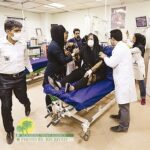
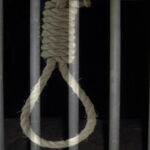
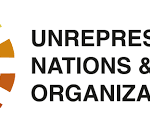




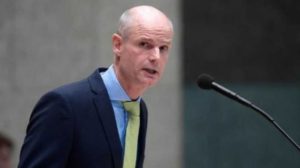
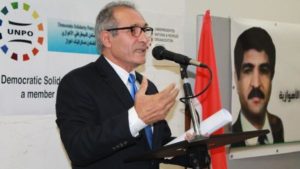
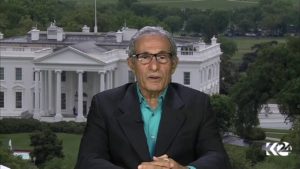
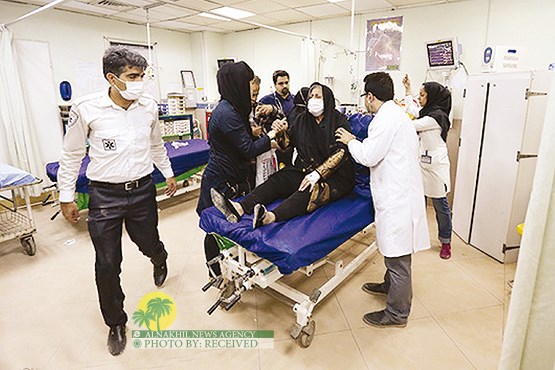





+ There are no comments
Add yours